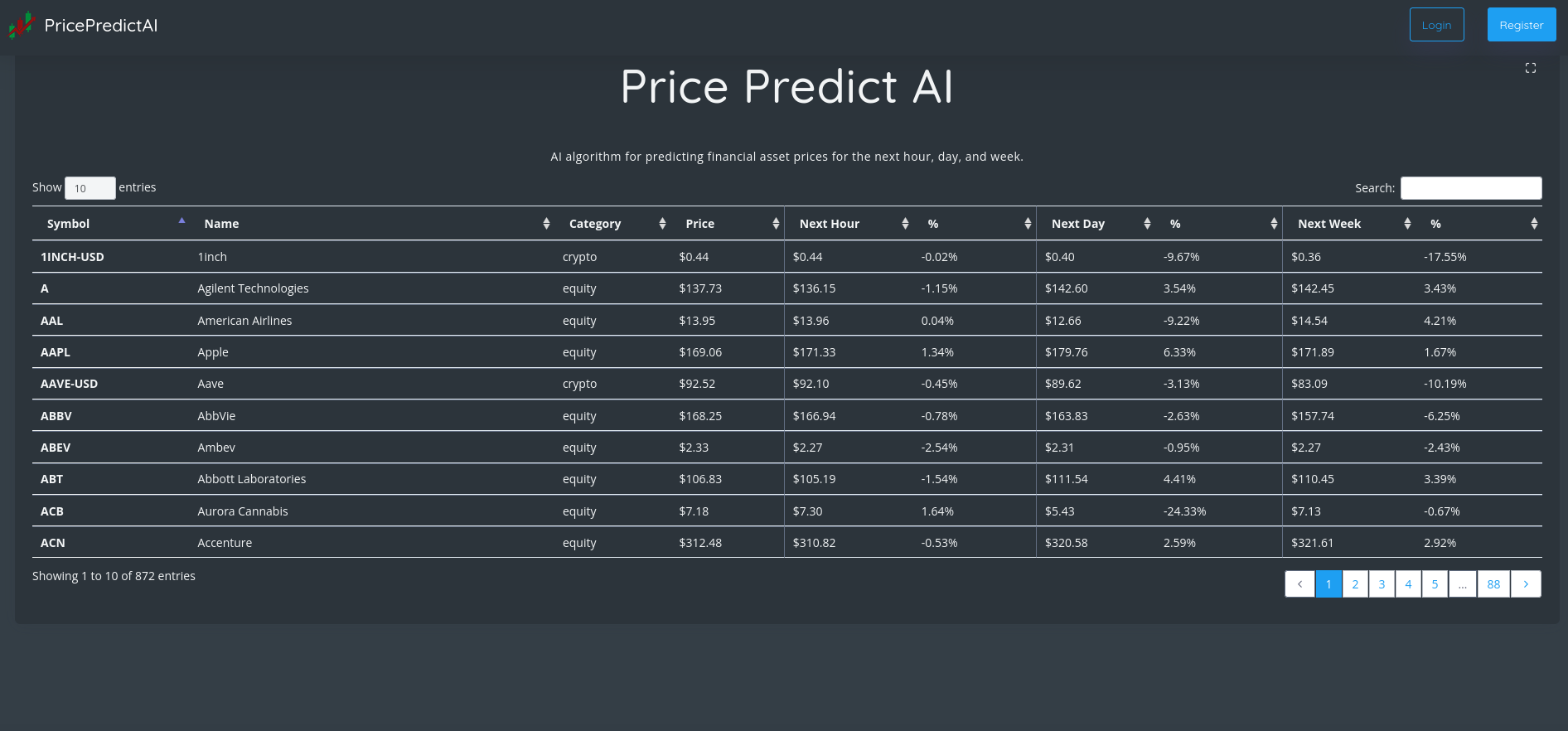A great proportion of the world population comprises of millennial and Gen-Z who are spearheading the shift in trends. One of the emerging trends in the Digital Lending marketplace where with just a click one can get a loan. Despite the higher cost of capital, the digital lending market place is enticing because of customized lending proSingapore FinTech Festival. Photo by: Sadmnmn,ducts, quick and convenient disbursement as well as paperless transactions. Digital lending is increasingly becoming popular.
For instance, in 2016, consumer debt in India was around 50% which is higher relative to other leading economies. This will continue growing as higher disposable income encourages more consumption. Online lending has grown considerably in recent times. Currently, digital lending accounts for around 15% to 20% of the total lending market and could surpass 50% in coming years. Which raises the question of how do the platforms ensure they ride the trend with financial discretion? The answer to this is technologies.
With digital lending expanding; the volume of transactions also increases, which brings up a big data problem making it the right candidate for machine learning. This is an area where artificial intelligence is doing well by offering solutions that transform the customer experience. Here are ways in which AI is transforming the digital lending industry.
Doing away with paper transactions
Traditional borrowing usually involves a lot of paperwork where one has to present specific documents within a specified time. With AI, you get to replace paperwork with data, and instead of dealing with humans, you deal with machines. The upside is that the costs of operations are minimized for the lender and the possibility of human errors is limited with AI. Therefore, when a user accesses an online lending platform and provides information such as PAN, AI will convert the information into data points used to evaluate the user’s request for extension of credit.
Digitization of data and cognitive system automation
Traditional banking has a downside of not being able to facilitate quick and easier lending. This is because of the limitation of not able to ascertain the creditworthiness of a borrower easily unless there is a personal relations manager. With AI technology, these bureaucratic processes are a thing of the past because the credit history and income of a borrower are available online. A decision is reached within seconds, which is appealing for Gen-Z users who want things done faster.
Identification of trends to make effective lending decisions
Determining the ability of a borrower to service a loan is very complex even when all the information is available. Sometimes borrowers will offer false information to take advantage of the credit offered. With AI, the customers offer optimal solutions in real-time based on data available. Digital lenders will, therefore, get a digital history of the borrower quickly to aid in effective decision making.
Strengthening lending
For new customers, lenders need to be miles ahead when determining payment ability and credit limit. AI-enabled companies can easily predict this even where there is no traditional credit history or availability of a bank account. With AI lenders can access a borrower’s traditional and digital history as well as other indicators, thus aid in the identification of defaults or opportunities in the lending space.
New credit models to leverage untapped markets
As the digital lending space grows, there is a possibility that lenders will offer credit to new customers with different credit servicing tenure or limits. AI will provide ways of understanding products that are suited to different sets of customers. The technology offers a way of learning from available data quickly to come up with a prudent credit model. This will usher online lender into previously untapped markets.







